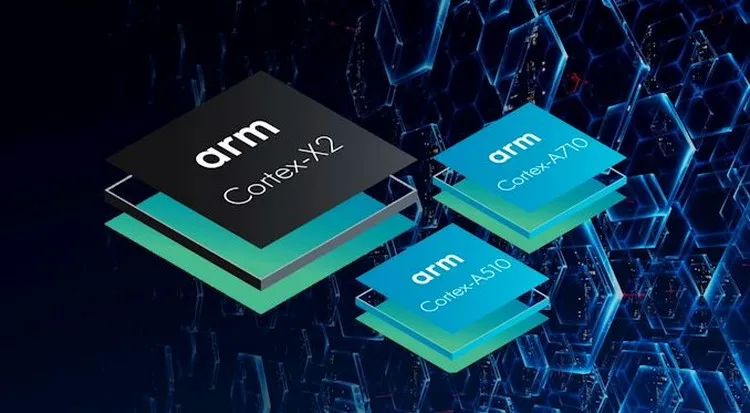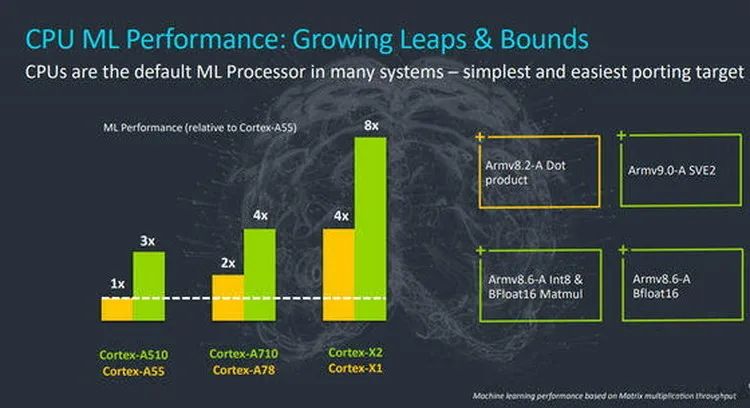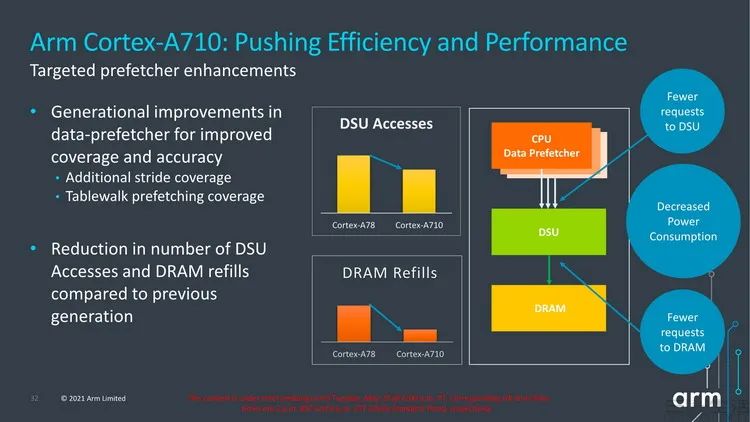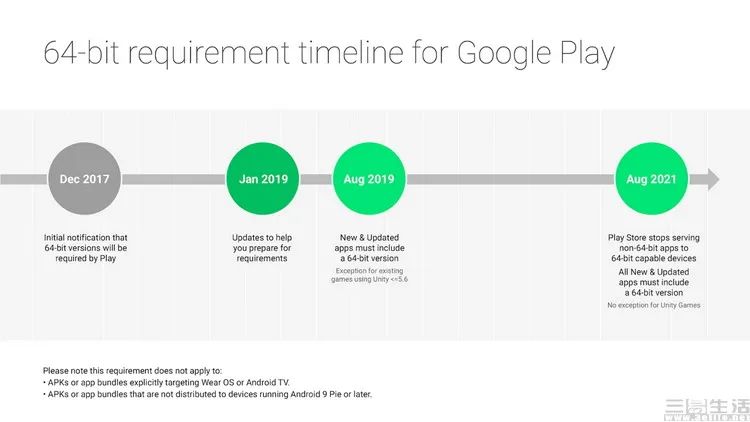As we all know, the competition in the smartphone market has become increasingly fierce in recent years. On one hand, this has directly led manufacturers to actively develop their own proprietary technology systems, competing for top positions in areas such as imaging, display, and fast charging; on the other hand, the proactive attitude of smartphone manufacturers in research and development has also enabled significant advancements in multiple upstream industries, making the iteration of chips, sensors, and materials much faster than before.

According to current rumors, by the end of this year, several leading chip manufacturers, including Qualcomm, Samsung, and MediaTek, will launch new generations of mobile platform solutions. These mobile platforms will generally adopt ARM’s latest Cortex-X2 super core, Cortex-A710 large core, and Cortex-A510 small core architecture, resulting in a significant performance upgrade. However, this also means that for the domestic software industry, the time left to catch up with the technological gap, or even to completely overhaul their products, is running out.

Why do we say this? On one hand, it is important to understand that ARM’s ability to upgrade all of its “big, medium, and small” cores is due to the introduction of the new ARM v9 instruction set in this generation of products. The new instruction set theoretically brings significant improvements in performance and security, but it also has a drawback that is not exactly a disadvantage: the ARM v9 instruction set is, in principle, not compatible with 32-bit software, as it is a purely 64-bit instruction set. Of course, ARM is aware that there is still a large amount of software (mainly Android and various niche systems) on the market that still uses 32-bit code. To address this issue, ARM has incorporated the ability to support 32-bit software into the Cortex-A710 large core during the development of the new architecture. However, the Cortex-X2 super core and Cortex-A510 small core have not been modified, meaning that the new super core and small core are purely 64-bit cores and do not have the capability to run 32-bit software.

This means that for this new batch of flagship mobile platforms arriving by the end of this year, when they run 64-bit software, they can run on the small core for power savings or on the large or super core for higher performance. However, if a 32-bit software is used, it will inevitably be “locked” to the Cortex-A710 large core, which means it cannot achieve the highest performance and will also lead to additional power consumption and heat issues. In other words, it will be neither fast enough nor efficient, potentially consuming more power than other 64-bit software.
So the question arises: are there many commonly used Android applications still stuck in the 32-bit era? To understand the current architecture information of commonly used Android software, we at San Yi Life used specialized tools to analyze all the apps installed on our phones. The results showed that among the commonly used software, the following are still based on a 32-bit architecture (ranked in alphabetical order): AUX A+, Baidu Maps, Baidu Tieba, Baidu Cloud, Bilibili Comics, Cainiao, Didi Chuxing, TV Home, Telecom Business Hall, Eastern Airlines, Ele.me, Gaode Maps, Individual Income Tax, Flight Travel, Bank of Communications, JD.com, JD Finance, Midea Home, Mijia, Southern Airlines, Ping An Gold Manager, Tencent Video, 12306, Wandoujia, NetEase Cloud Music, Weibo, Xianyu, Xiaomi Mall, Youku Video, Youdao Cloud Note, Palm Life, China Merchants Bank, Alipay, China Unicom, Keep, QQ, QQ Music, TapTap, UC Browser. In contrast, the following commonly used apps have already adapted to a pure 64-bit architecture: iQIYI, AnTuTu Benchmark, Bilibili, Island Wind GO, Translator (Microsoft Translator), ASUS Router, Toutiao, Jingdu Tianxia, Meituan, Samsung Health, Sony Select, Taobao, WeChat, Air China, Adobe Acrobat, Granblue, Microsoft Office, XPlayer, Youtube, niconico Animation. It can be seen that there are still a large number of extremely common applications in the domestic Android ecosystem that have not yet adapted to the 64-bit architecture. This means that if their developers do not hurry to make modifications, by the end of this year, these applications could become one of the culprits for power consumption and overheating in new phones.
In fact, the overseas Android ecosystem has already begun the process of phasing out 32-bit software. Even as early as August this year, overseas Android phone users could no longer download 32-bit software from official Google channels. In other words, as long as they keep updating, the commonly used software on their phones should now all be 64-bit versions.

However, for the domestic Android ecosystem, due to the long-term lack of direct intervention from Google, the adaptation progress of some new versions and new technologies has indeed not been satisfactory. Although it is foreseeable that chip manufacturers and smartphone manufacturers will inevitably push for the adaptation of domestic 64-bit Android software before the new devices are launched, they still lack mandatory measures. Therefore, whether it can truly achieve a comprehensive 64-bit transition in the domestic Android ecosystem by the end of this year may be a rather difficult issue.
【Images in this article are sourced from the internet】
What Everyone is Watching:
August Android Phone Performance Rankings: Snapdragon 888 Plus Arrives
Supports Ray Tracing, AnTuTu Benchmark Windows Version Launched, Four Major Testing Projects Awaiting Your Experience
August Android Phone Cost-Performance Rankings: Flagship Chips at Rock-Bottom Prices
iPhone 13 Price Exposed, All Models Increase in Price, Top Configuration Exceeds 14,000